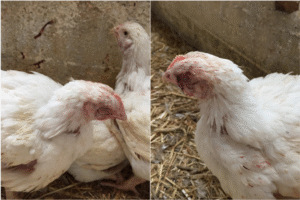Animals / Dairy Nutrition
Ruminant nutrition (Introduction)
Introduction to ruminant nutrition involves understanding the unique digestive physiology and dietary requirements of animals belonging to the ruminant group, such as cattle, sheep, goats, and deer. Ruminants have a specialized stomach called the rumen, where microbial fermentation of fibrous
Thank you for reading. Don't forget to subscribe & share!
Conservation of forages for commercial livestock production operations
Conservation of forages is crucial for ensuring a stable and sufficient supply of high-quality feed for commercial livestock production operations, particularly during periods of scarcity such as winter or drought. Here are common methods used for conserving forages:Thank you for
Strategies and techniques to improve the nutritional quality of low quality roughages
Improving the nutritional quality of low-quality roughages is essential to enhance their digestibility, protein content, energy value, and overall suitability for livestock feeding. Here are some strategies and techniques commonly used to improve the nutritional quality of low-quality roughages:Thank you
Study of fish with special reference to changes in ecological conditions
Fish, as vital indicators of aquatic health, are like canaries in a coal mine for our freshwater and marine ecosystems. Studying how they respond to changes in ecological conditions is crucial for understanding and managing these environments. Here’s a deeper

Nutrient Deficiencies Diseases and Their Prevention in Broiler
Nutrient deficiencies can lead to various diseases and health problems in broiler chickens if not addressed promptly. Here are some common nutrient deficiencies, their associated diseases, and preventive measures:Thank you for reading. Don’t forget to subscribe & share! 1. Vitamin
Feed additives, antibiotics, coccidiostats, antioxidants, probiotics, enzymes, metabolic antagonists and incompatibilities utilization in a mixed feed of broiler
The utilization of various feed additives in mixed feed for broilers plays a crucial role in optimizing growth performance, health, and overall production efficiency. Here’s an overview of the most commonly used feed additives and their roles in broiler nutrition:Thank



